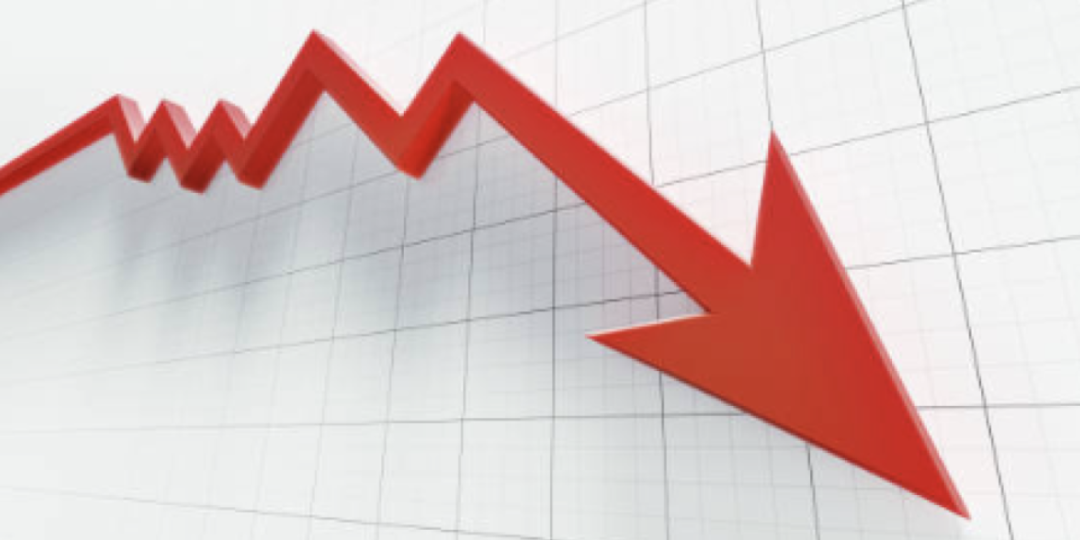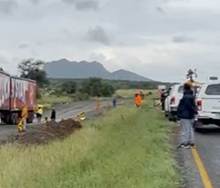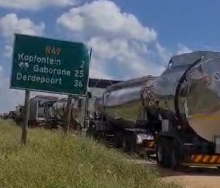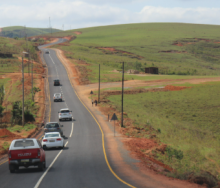The divergent levels of growth in sub-Saharan countries –reflected in the relatively modest overall growth in the region’s outlook – are brought into sharp focus in the International Monetary Fund’s latest Regional Economic Outlook for sub-Saharan Africa.
“Sub-Saharan Africa is home to nine of the world’s top 20 fastest-growing economies this year. Such startling statistics, however, rarely feature in discussions of the region’s outlook. Instead, headline figures typically emphasise the relatively modest average economic performance.
“This disconnect reflects a two-track growth pattern, where a significant part of the region underperforms.”
The report points out that over the past ten years, growth in resource-intensive countries (RICs) - and especially in fuel exporting economies such as Angola, Chad, and Nigeria - has slowed down sharply, falling far below growth in non-RICs (such as Ethiopia, Rwanda, and Senegal). “Indeed, incomes in RICs have essentially stagnated. This marks a sharp contrast with the decade leading up to 2014, when RICs experienced rapid growth, in line with the region’s strong overall performance.”
The post–2014 divergence between RICs and non-RICs has been driven largely by the combination of two factors, according to the report.
First, RICs and especially fuel exporters, experienced a dramatic decline in their commodity export prices around 2014–15, as the commodity “super-cycle” - a period of sharply rising commodity prices - came to an end. Since then, the terms-of-trade decline has only been partially reversed.
Second, and critically, the impact of the terms-of-trade shock on RICs was exacerbated by pre-existing structural vulnerabilities, including a poor business environment, limited human capital, weak governance, and poor management of resource revenues.
“Weak governance, systemic corruption, and an unfavourable business climate take a toll on productivity and output - and the effects are most striking when commodity prices fall. Such weaknesses affect both the resource sector itself and prospects for the economy diversifying into other sectors. For instance, the potential for theft of oil production undermines productive efficiency and diverts precious resources from more productive uses. Or weak governance can be a central impediment to private sector investment more broadly. Fuel exporters outside the region, with generally stronger governance, have weathered the commodity price slump far better.”
Reversing this growth divergence is a regional priority, IMF researchers emphasise. “RICs make up about two-thirds of sub-Saharan Africa’s GDP and population.
“Reigniting durable growth will require a stable macroeconomic environment. More prudent and consistently implemented fiscal frameworks can help address poor resource management challenges - and also help ensure growth is more resilient going forward.
“Further, broad-based reforms to address structural weaknesses - strengthening governance, enhancing the business environment, accumulating human capital, and addressing infrastructure bottlenecks - can help countries diversify and grow. And for fuel exporters, facing the global green-energy transition, the need to diversify is ever more urgent.”













